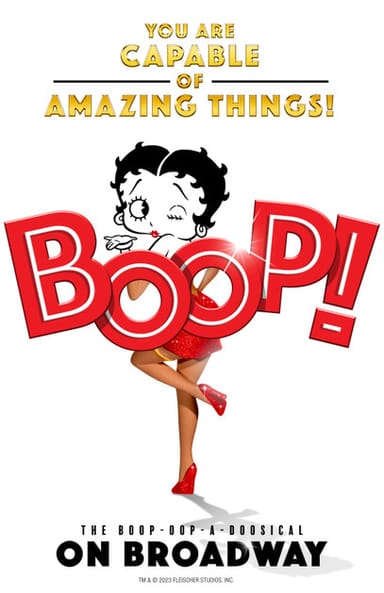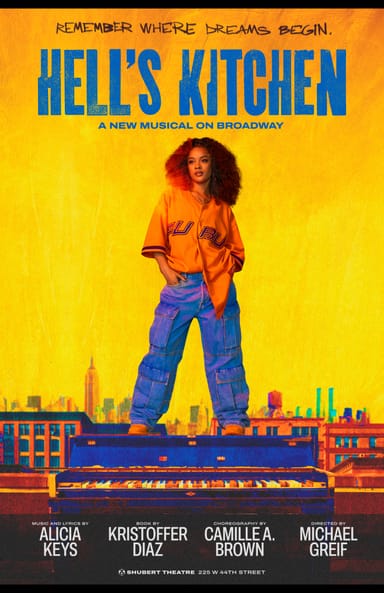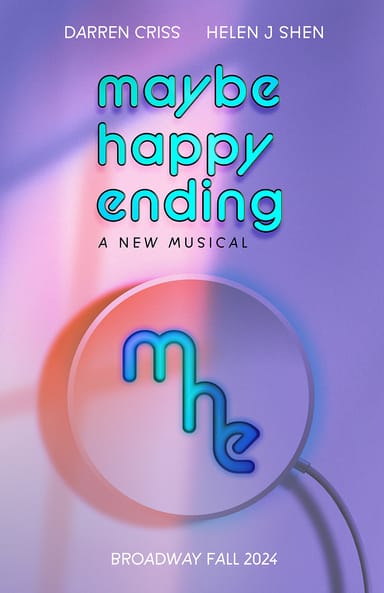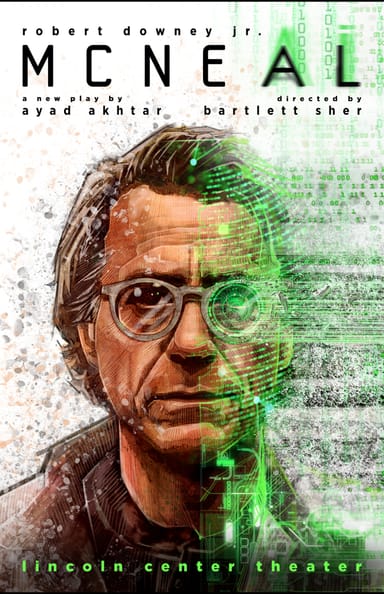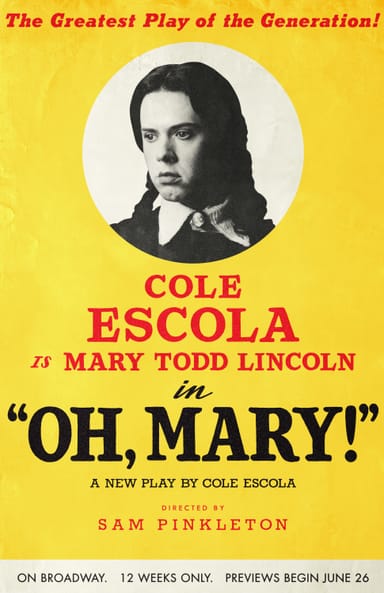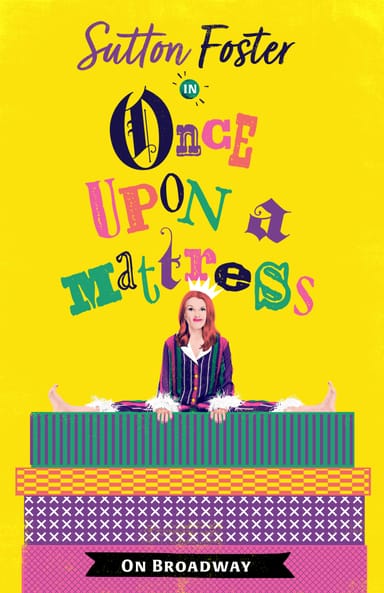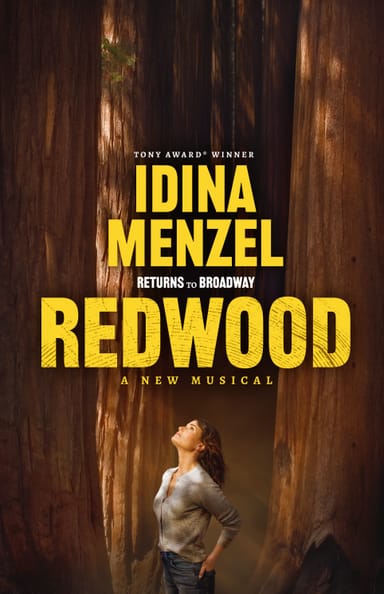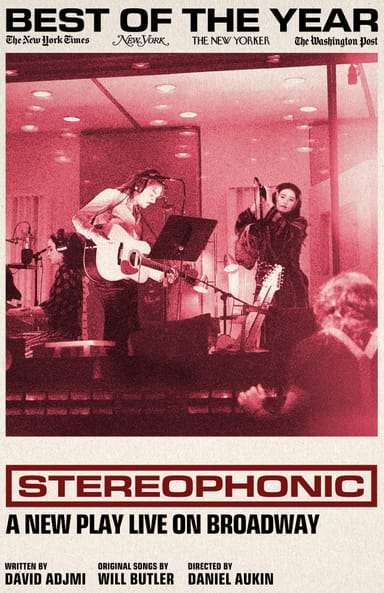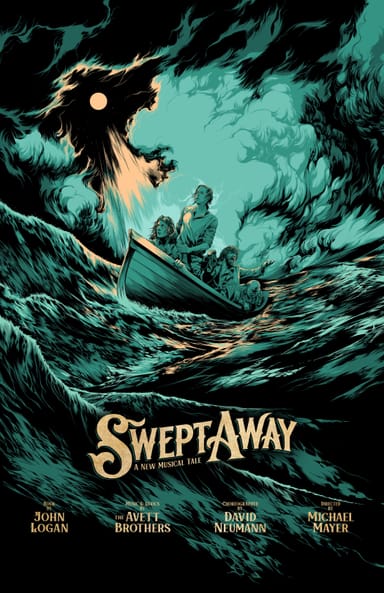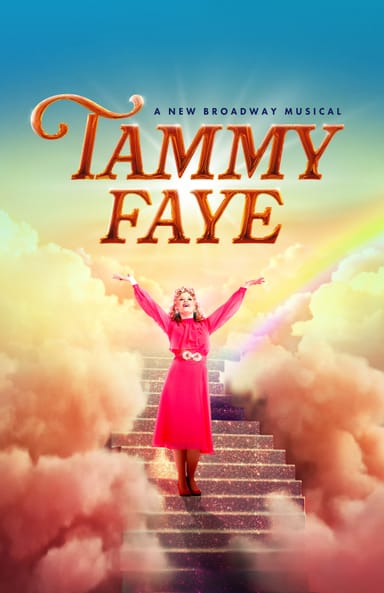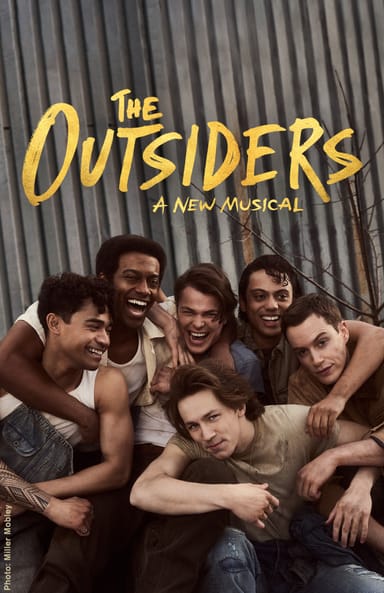The National Endowment for the Arts (NEA) has released findings on the key challenges faced by and new ways of working within the U.S. nonprofit theater sector. Major themes outlined in the report “Defying Gravity: Conversations with Leaders from Nonprofit Theater” include financial, workforce and communications challenges, as well as strategies for investing in future sustainability and audience engagement.
The data was gleaned from a series of 12 listening sessions conducted in spring and summer 2024. Conducted by the NEA’s Theater and Musical Theater division, in consultation with the agency’s office of research and analysis, each two-hour session welcomed a variety of participants representing nonprofit theaters of various budget sizes; recently closed theaters; representatives throughout U.S. nonprofit theater; Black and Indigenous theaters as well as theaters of color (BITOCs); labor union leaders and journalists. These individuals were given four discussion prompts covering their organization’s most pressing issues, examples of successful new methods of working within their organization, areas of expertise lacking in the organization and new strategies for the post-COVID future.
While the report identifies neither its participants nor their respective theater organizations, it is important to remember the inimitable place of nonprofit theater in the Broadway industry. The Broadway ecosystem includes four nonprofit organizations, all of which are examining the state of the industry as they each enter a new era of leadership: Lincoln Center Theater, Manhattan Theatre Club, Roundabout Theatre Company and Second Stage Theater.
The findings were divided by five discussion themes:
Financial
The most frequently discussed theme among the sessions was financial issues, specifically lack of grants and funding, as well as increasing donor loss and fatigue coupled with rising labor costs. Possible strategies to address these issues include cultivating legacies/endowments by encouraging financial planning in the wider community, as well having access to a designated risk capital to allow organizations to take more artistic risks.
Workforce
Participants found a general consensus regarding staffing. The group cited issues with turnover and retention, as well as having to let personnel go due to program cuts post-COVID. They discussed recent successes in bringing on hires with new perspectives and fresh ideas, who have proven to bring new ways of working to the organization, which in turn can invigorate a staff.
Collaborations and communications
Of the five discussion themes, collaborations and communications was discussed with the least frequency, however, it was nevertheless brought up in each session.Speakers in each session identified the challenge of finding the most beneficial partnerships that allow for lasting collaborations. Respondents also noted a challenge in communicating to staff across generations and across unions, donors and boards. One strategy discussed was being open to new forms of cross-sector communications via either virtual discussion platforms or regular, in-person discussion sessions.
Investing in future sustainability
Participants noted organizations’ need (but inability) to move on from operating in “survival mode,” and focus on longterm planning for themselves and the industry as a whole. They acknowledged the need to prioritize multi-year funding, planning and investing with donors, with a focus on funding for physical infrastructure. The idea of maintaining relevance among investors, audience and the general community was noted as going hand-in-hand with this planning.
Audience engagement
The report found many nonprofit theater organizations are dealing with decreasing attendance and less audience engagement, possibly due to rise in cost of living, changes in “going-out” culture after the pandemic and general lack of awareness of theater offerings. Respondents said focusing on an organization’s specific community and values when deciding programming can lead to more effective audience engagement. The importance of educational programs and programs designed to provide economic access to tickets for younger theatergoers was also stressed.
Overall, despite the challenges acknowledged in the listening sessions, participants said they left feeling more hopeful with what next to tackle in the industry, and less isolated in that so many other organizations have similar issues. As one participant noted, “We like to remind folks that the theater didn’t break. We are resilient.”
The report, which can be found in full here, was prepared for the NEA by Anna S. Caruso.

